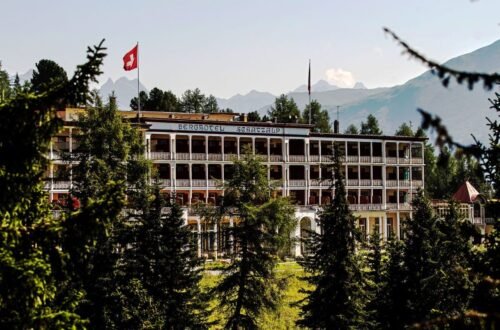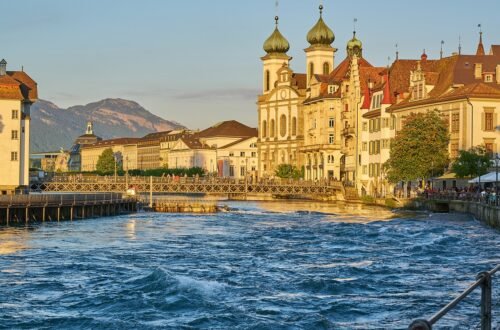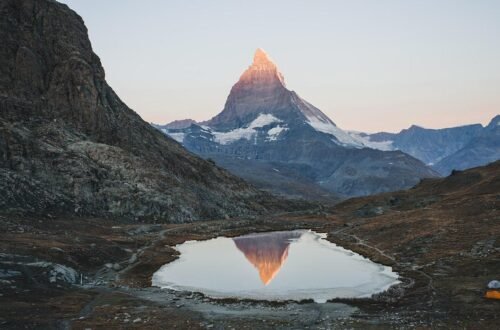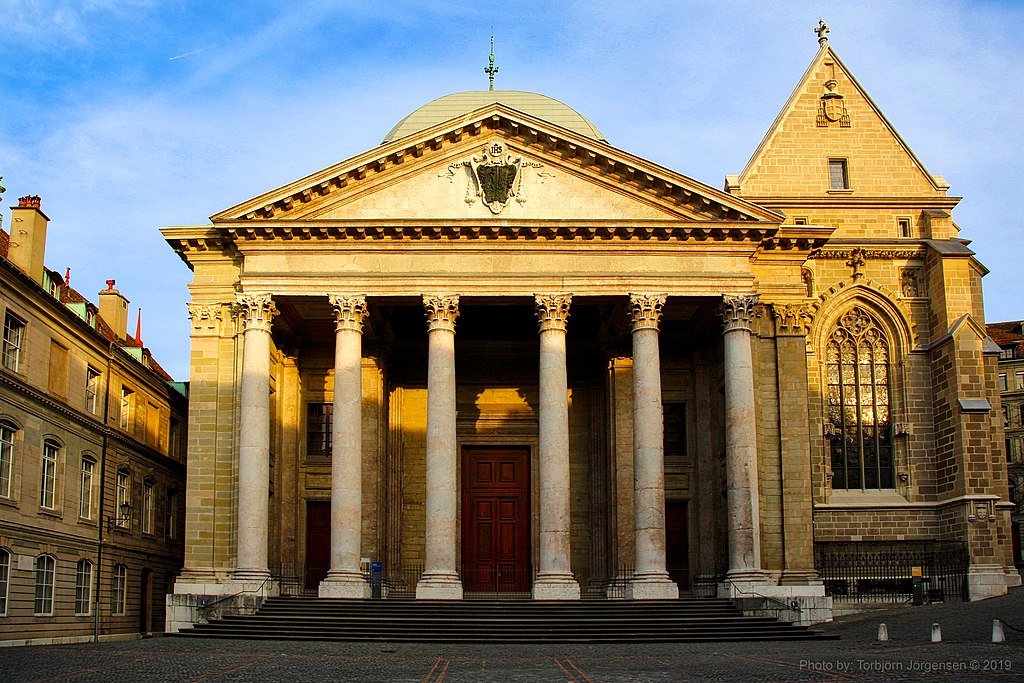
15 Best Things to See in Geneva (Switzerland)
You’ve undoubtedly heard every Geneva stereotype there is. But the only way to challenge them is if you show up. Wealth, fondue, chocolate, and watches are all present. However, Geneva also exudes inventiveness and diversity in areas like the Italian-influenced Carouge and Les Grottes. TIP: Purchase a Geneva Pass. in exchange for free admission to museums, a number of tours, cruises, and transportation. Promenades and lush waterfront parks will catch your attention as you gaze onto Lake Geneva and its recognisable water plume, with Mont Salève serving as a backdrop of the Alps. In Geneva, where the United Nations and the Red Cross meet, diplomacy is still practised. At CERN, specialists from various fields come together to address the most pressing scientific issues of our day. And the Protestant Reformation, which took place in Geneva hundreds of years ago, altered the trajectory of European history. Let’s examine the top activities in Geneva:
- Parc de la Grange
- Jet d’Eau
- International Museum of the Reformation
- Mont Salève
- Lake Geneva
- Conservatory and Botanical Garden
- CERN
- Palais des Nations
- Art and History Museum
- Musée Ariana
- Bains des Pâquis
- Patek Philippe Museum
- St. Pierre Cathedral
- The Natural History Museum
- Vieille Ville
Parc de la Grange
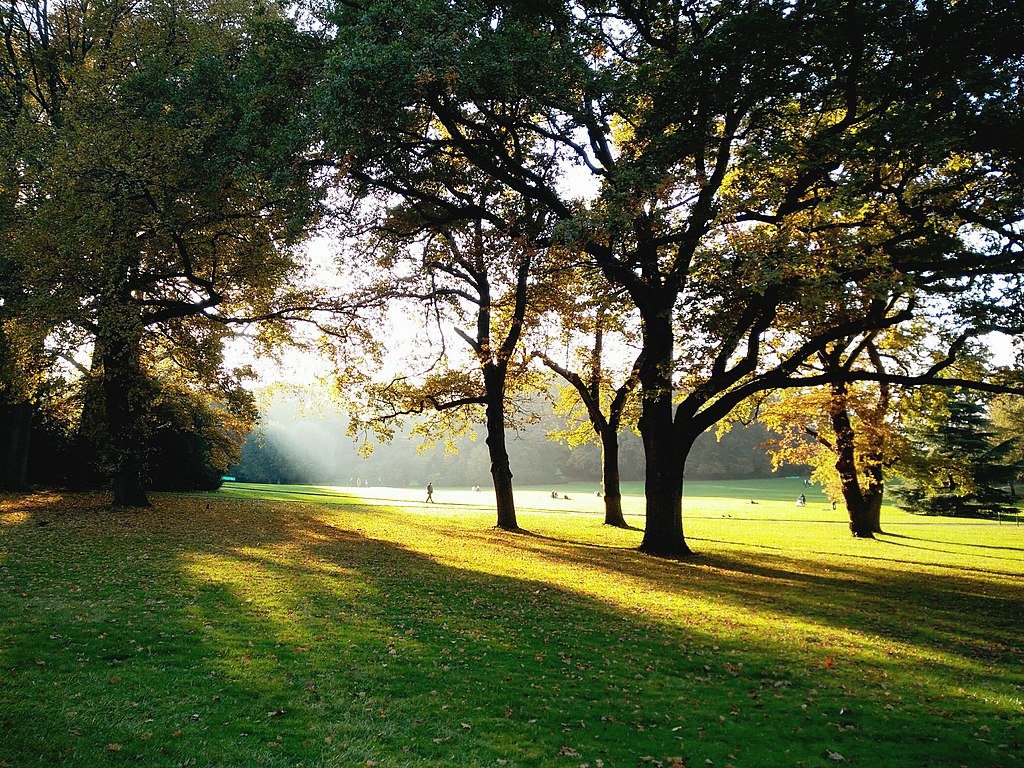
On the lakeshore at Quai Gustave-Ador, the largest and arguably most attractive of Geneva’s city parks is located. The terrain of Parc de la Grange is terraced, with stairways carved out of the bedrock. Given that the 18th-century villa there is currently located behind the ruins of a Roman villa, this area has been inhabited by wealthy people for 2,000 years. The park was left to the city by the last inhabitant of the home in 1918. In Parc de la Grange, there are two theatres, each of which puts on a number of productions from May through September. The rose garden, which has more than 10,000 bushes of 200 different species, is the summertime attraction.
Jet d’Eau
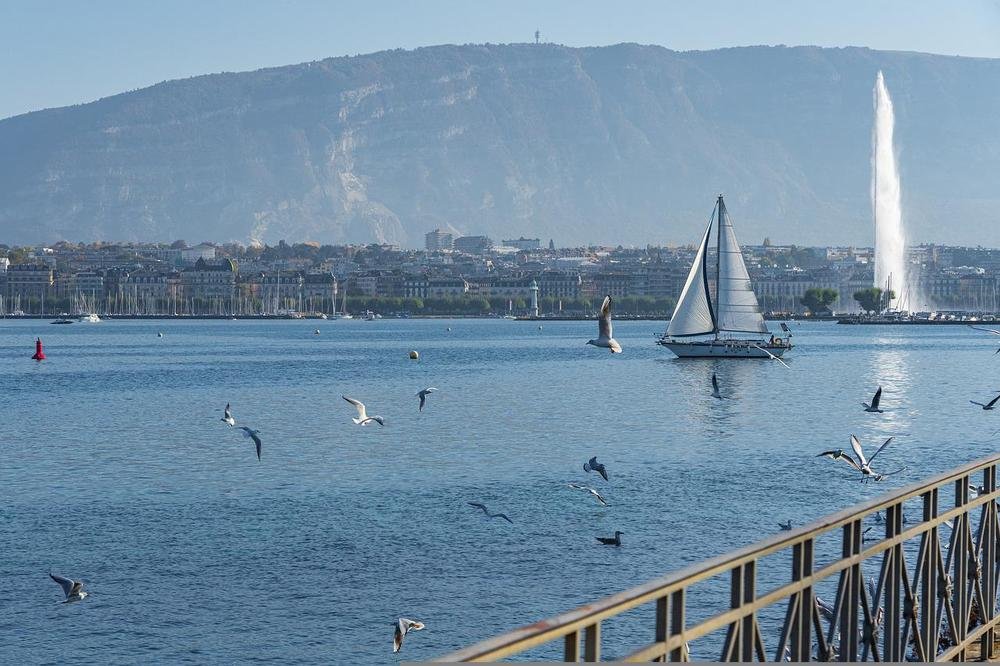
La Rade is located in the city’s centre, where the Rhône continues on its path into France (The Roadstead). A famous structure that has been widely replicated is located here at the end of a lengthy jetty. Five hundred litres of water per second are launched at 140 meters in the Jet d’Eau. If you do decide to get a closer look, use caution because the plume is wind-sensitive and you could get soaked. The jet has been at its current location since 1951, and its initial practical application was significant: It began in 1886 as a safety valve for the hydraulic power plant, but because the city liked its appearance, it was made into a permanent monument.
International Museum of the Reformation
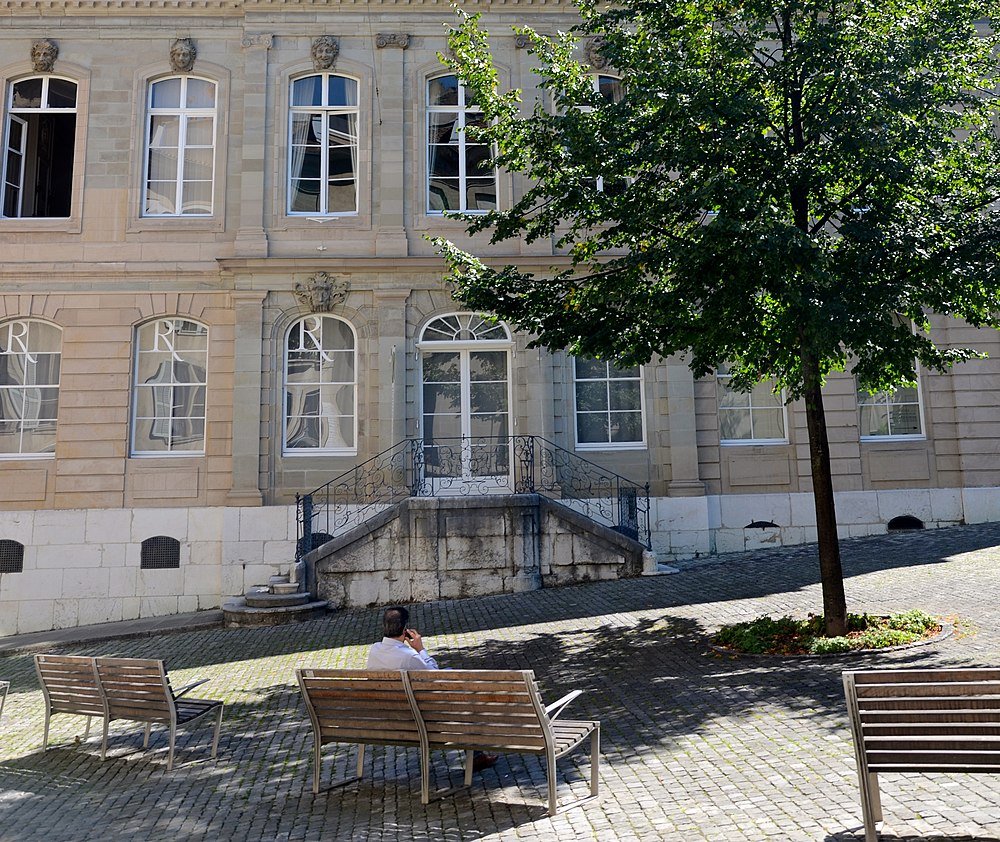
Geneva is in a unique position to narrate the tale of the Reformation as the birthplace of John Calvin. This museum, near the Cathedral of St. Pierre, tells the story of this pivotal period in the city’s history. The extensive archives of papers that were already in Geneva lend the exhibits great historical weight. There are manuscripts, engravings, paintings, and early printed materials to study, as well as a contemporary 15-minute film summarising the driving forces. The Cloître de Saint-Pierre, where the decision to ratify Geneva’s reformation in 1536 was made, is where the museum is located, making the place important as well.
Mont Salève
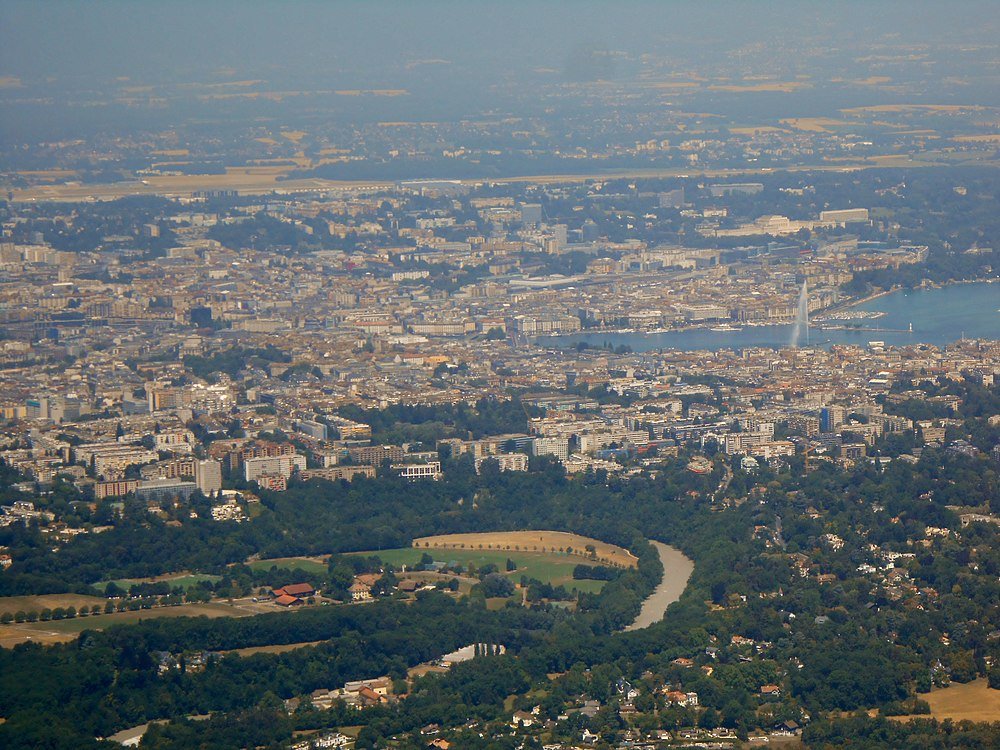
At this high peak on the outskirts of Geneva, there may be clear skies and sunshine when the city is cloudy. Salève, a large rock face in the distance that is known as Geneva’s “balcony,” rises to slightly about 1,400 meters. If that seems overwhelming, a cable car will take you close to the summit in just five minutes. The first electric rack railway in the world, finished in 1892, was superseded by this, which has been in use since 1932. You are also allowed to use the hiking trail to reach the summit if you are a stout walker. Cafes, as well as unceasingly stunning views of Geneva, the lake, and Mont Blanc in the distance, are located at the peak. From the summit, a trail led into alpine meadows where cows wore cowbells.
Lake Geneva
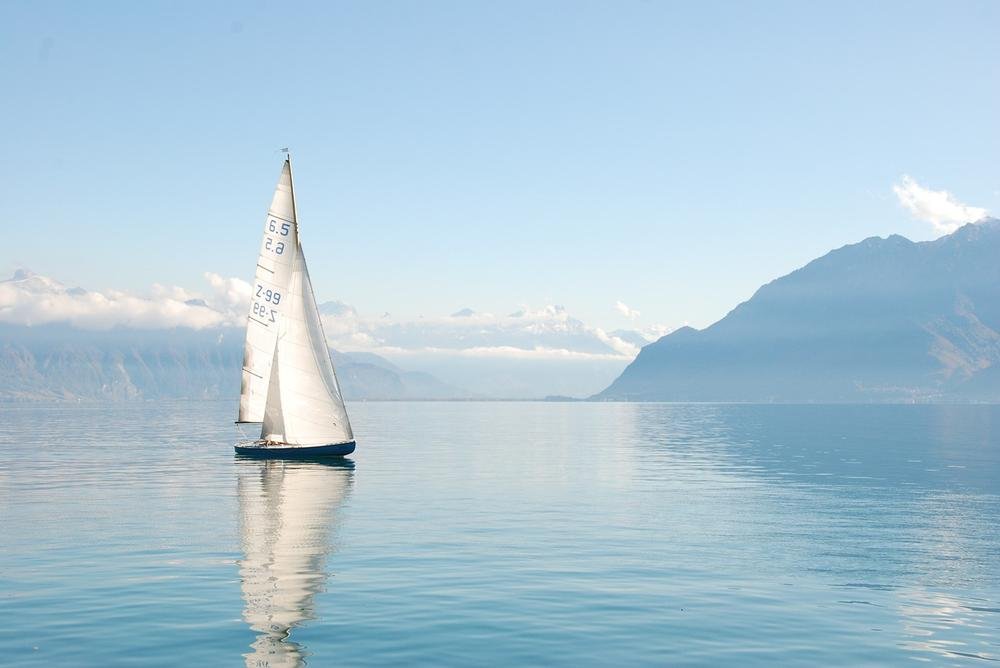
The drama and breathtaking natural beauty of the Alps are brought to the heart of the city by the largest lake in Central Europe. It is understandable that you would want to leave the house and enjoy it, and the quickest way to do so is to board a boat from the wharf at Genève-Mt. These depart from a variety of locations around the lake’s shore: you can stay close by on a “mouette,” shuttling to the opposite side of the city, or you can travel farther away and take a three-hour cruise to Lausanne. Since a promenade was constructed around the coast in the middle of the 19th century, the beauty of the lake has influenced the layout of the city itself. There are peaceful parks like Eaux-Vives, Jardin Anglais, Perle du Lac, or Mon Repos right next to the water, as well as tree-lined promenades with opulent homes.
Conservatory and Botanical Garden
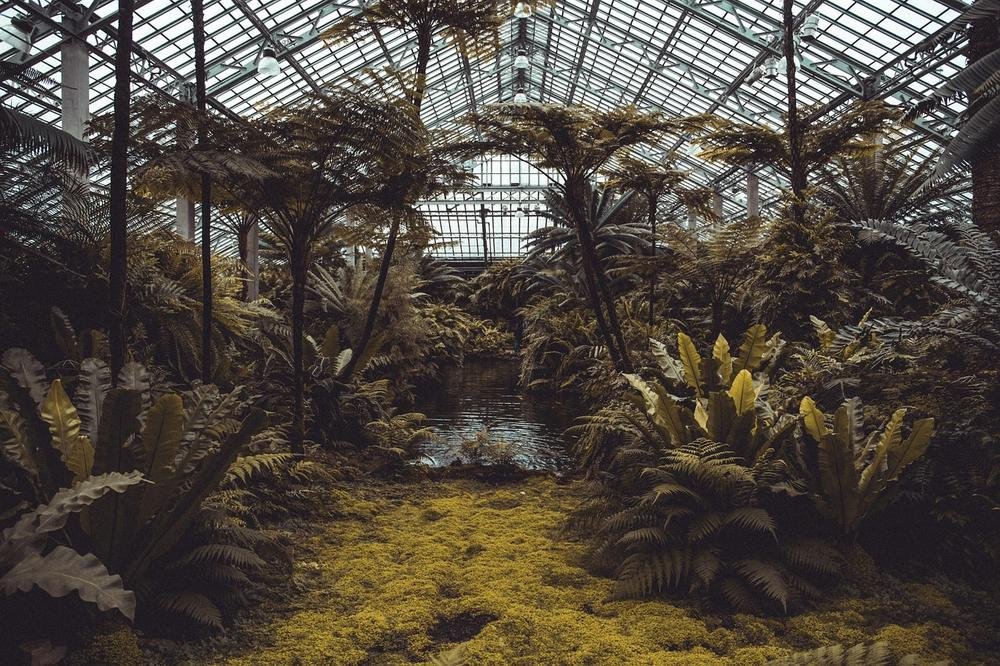
The Botanical Garden of Geneva is located on the western shore of the lake, across the railroad tracks from the UN Office. Serious gardeners will be mesmerised in a park with 14,000 plant species gathered from all over the world. The herbarium in the gardens has more than six million specimens in its database. Outside, you can get lost in the arboretum, ponds, flowerbeds, and an elegant metal and glass greenhouse that houses the winter garden. While the rose garden is sensory overload in June and July, one themed garden has plants that appeal to our senses of scent and touch. Deer and waterfowl are housed in the park’s zoo, which is for conservation purposes.
CERN
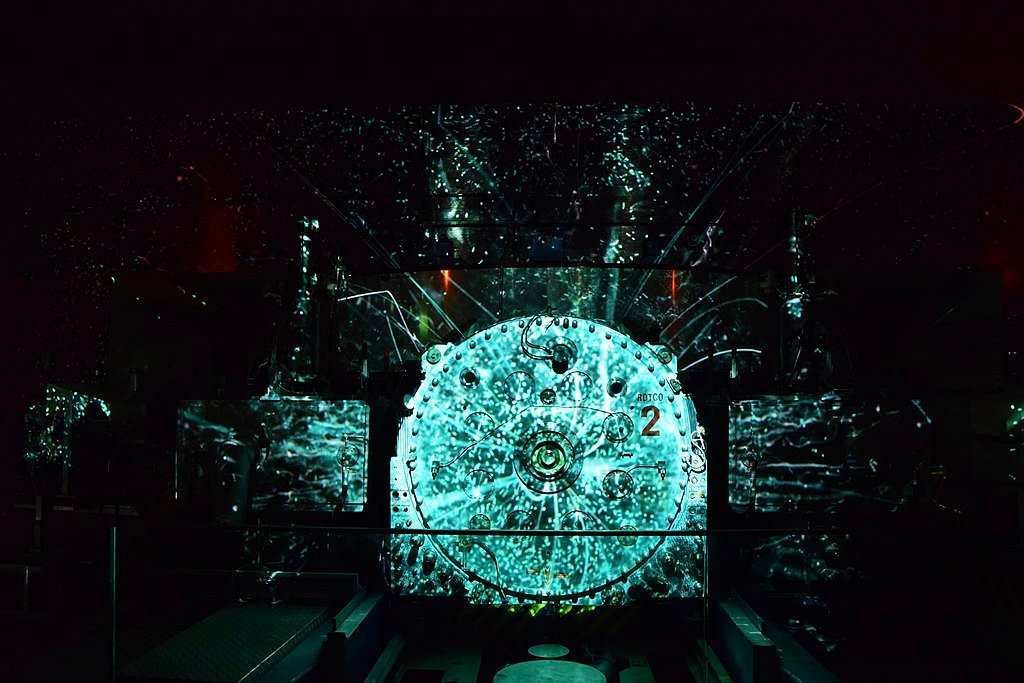
The European Organisation for Nuclear Research’s offices are in the suburb of Meyrin, west of Geneva’s downtown. It goes without saying that this is where the world’s largest particle physics laboratory is carrying out important historical scientific investigations. The facility’s visitor centre gives tours of certain areas where the complex science is explained in words that are easier to understand. Two museum exhibits about the facility and its research are also available. One describes the work of CERN’s present practical uses, such as in the area of medical imaging. The other discusses the particle accelerator and the search for the Higgs boson in great detail.
Palais des Nations
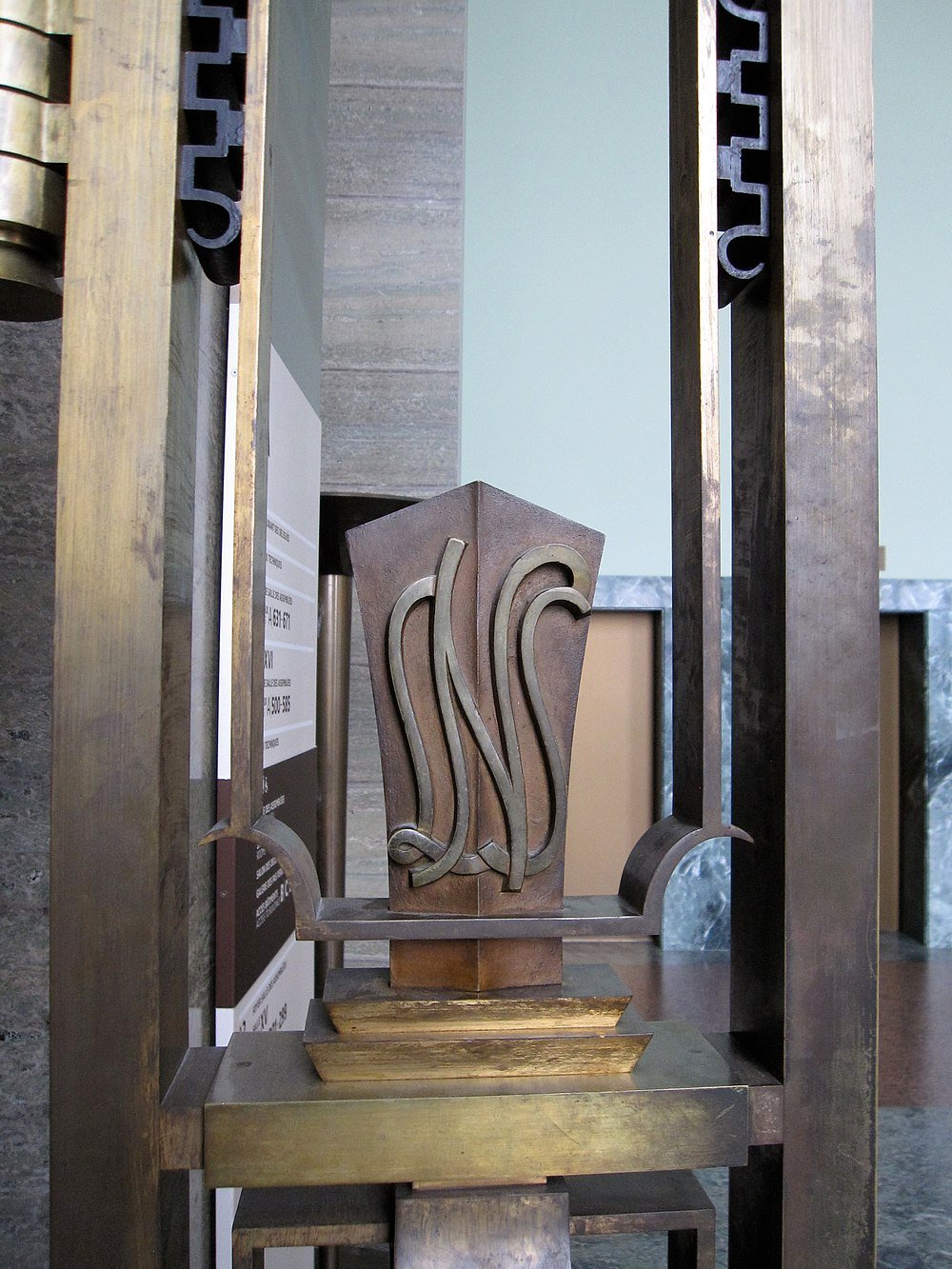
Geneva hosts the second-most significant United Nations office after New York. The League of Nations, the UN’s forerunner, had its headquarters at the Palais des Nations, which dates to the 1930s. The facility is offered hour-long guided tours in 15 different languages, but it is constantly in use and hosts thousands of intergovernmental meetings annually. Your level of access will depend on the conference agenda, but it usually includes the Council Chamber, the enormous Assembly Hall, the Salle des Pas Perdus, and the Human Rights and Alliance of Civilizations Room, where historic negotiations have taken place between nations.
Art and History Museum
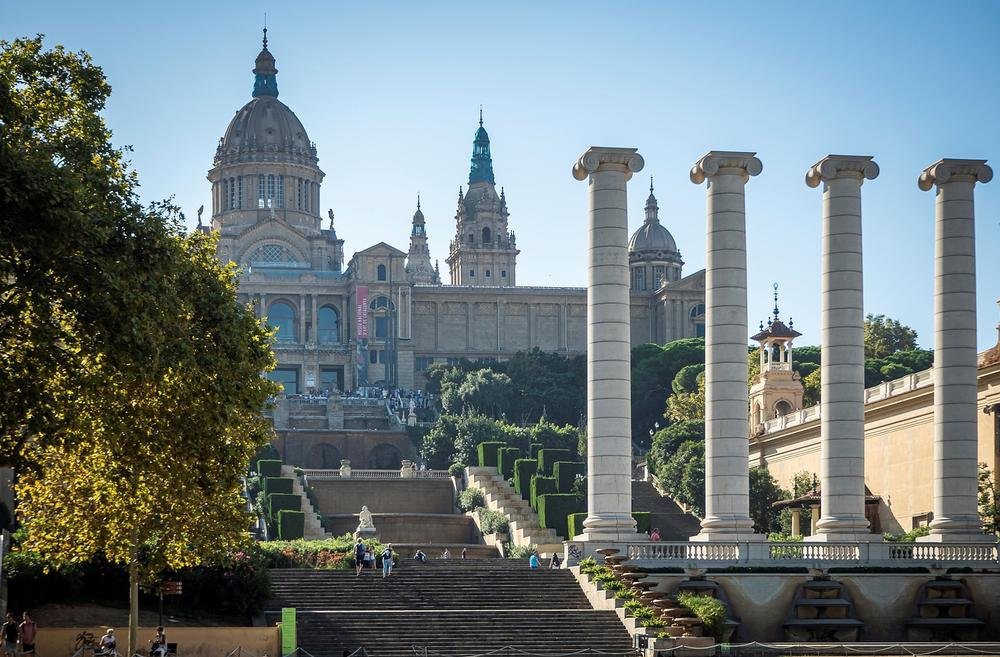
This attraction has extensive exhibitions of fine arts, applied arts, and archaeology at Les Tranchées in the city centre. The focus of the museum is Swiss and Genevan art, and you can engross yourself in the works of caricaturist Rodolphe Töpffe and portraitist Jean-Étienne Liotard. The Miraculous Draught of Fishes by Konrad Witz, written in the fifteenth century, is a book that should not be missed. The first accurate representation of a landscape in European art is credited with appearing on an altarpiece at St. Pierre Cathedral. The applied arts department has Byzantine fabrics, silverware, musical instruments, and icons, while the archaeology collection is notable for a 3,000-year-old Egyptian mummy.
Musée Ariana
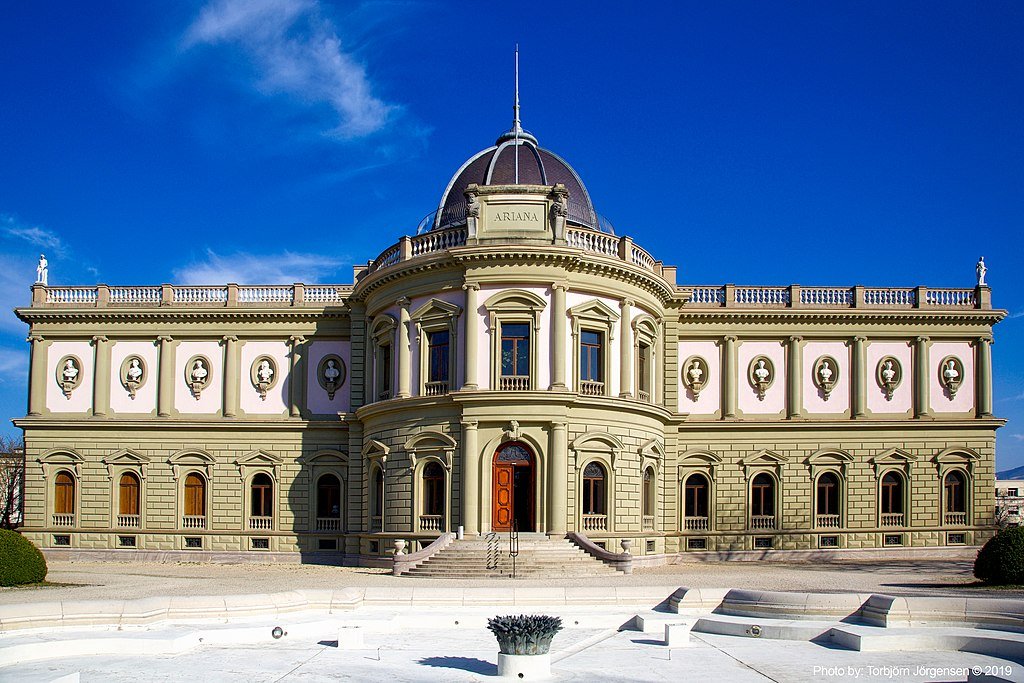
A museum dedicated to ceramics and glassware is housed in a Neo-Baroque castle not far from the UN’s Palais des Nations. Gustave Revilliod, an art collector, founded the Musée Ariana in the 1880s and gave it his mother’s name in honour of her. In the galleries, there are 20,000 ceramic and glass objects from all over the world that span 12 centuries. There are all varieties of ceramics present, including pottery, china, porcelain, stoneware, and earthenware. The exhibition of Japanese and Chinese porcelain from the 1500s to the 1700s, made for export and illuminating trade and the relationships between civilizations at that time, is arguably the most fascinating.
Bains des Pâquis
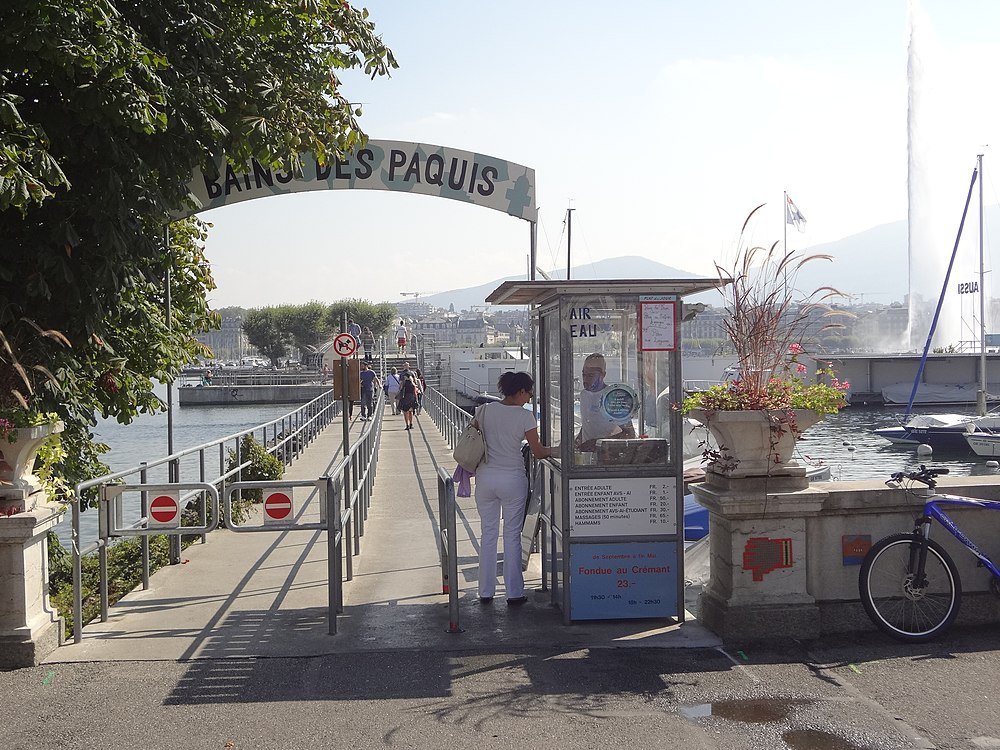
The Bains des Pâquis are public baths along a pier on the west bank of Lake Geneva, sticking out into La Rade and close enough to the Jet d’Eau to feel the spray. In addition to being a place to work out, Bains des Pâquis hosts social gatherings and cultural activities during the summer. When it’s warm out, people love to swim in the outdoor pool, sunbathe on the pier, and eat lunch on the restaurant terrace. At the baths in the mornings throughout this season, there are free recitals of classical music and poetry. You are welcome to take a dip in the outdoor pool during the winter months before warming yourself in the sauna or hammam.
Patek Philippe Museum
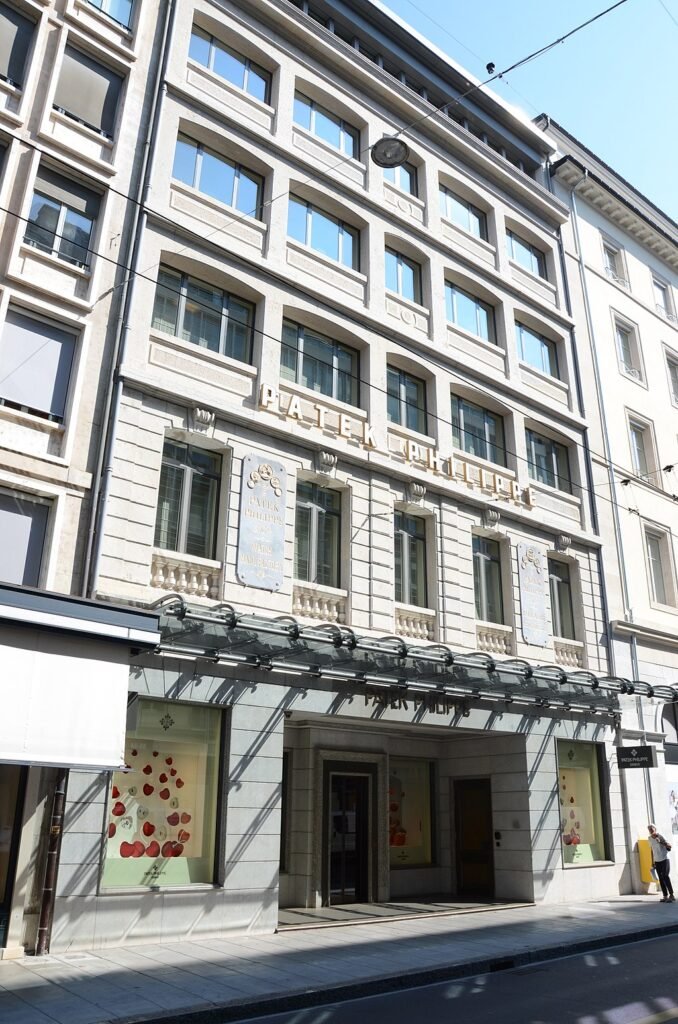
An early 20th-century factory provides the scene for a museum looking into five centuries of watchmaking. The impressive display of musical automata, timepieces, and miniature portraits from the 1500s to the 1900s—most of which were assembled in Geneva and Switzerland—is the highlight. However, you can also trace the beginnings of Patek Philippe, which was founded in 1845 by a partnership between the French watchmaker Adrien Philippe and the Polish watchmaker Antoni Patek. Replica workbenches with all the tools required to build a wristwatch can be found on the ground floor, and you can even observe a watchmaker at work in a workshop.
St. Pierre Cathedral

One of those holy structures that need as much time as you can afford is Geneva Cathedral. The architecture is significantly older than the contemporary Neoclassical exterior, dating back to the 12th century. It served as John Calvin’s home church beginning in 1541, and his personal chair appears to have been empty when he last sat in it. The cathedral was built over many older structures, including a basilica from the fourth century. The archaeological site’s subterranean can be investigated to find these and other antiquities. The Alps, Jura, and Geneva against its lake may be seen from the cathedral’s towers as well. The south’s platform is outside, while the north’s is inside a closed room and may be better appropriate in the winter.
The Natural History Museum
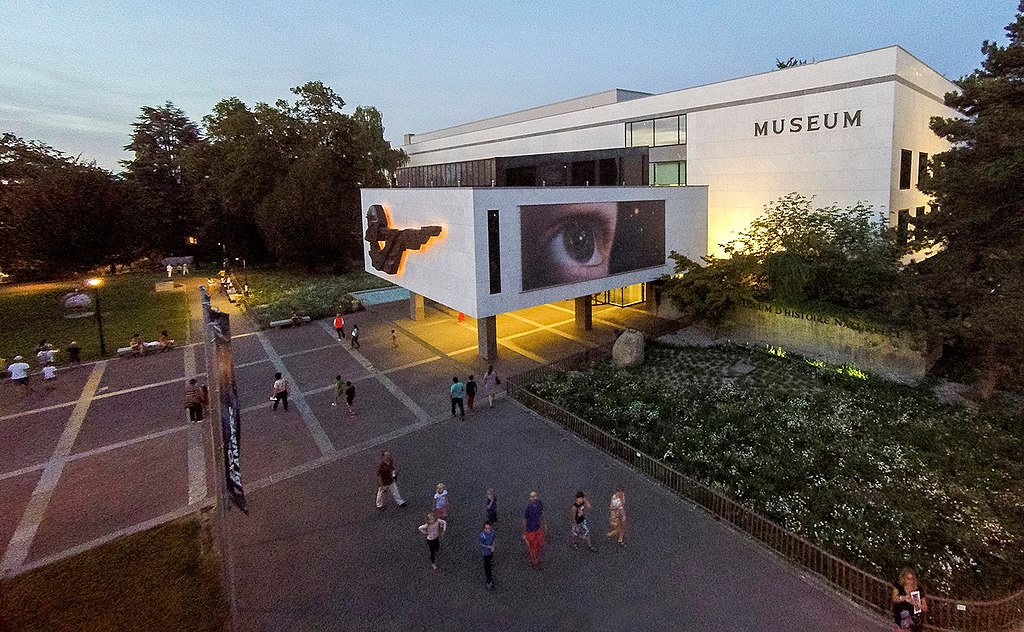
In a contemporary structure, the largest Swiss museum in its field opened in the 1960s. Louis Jurine, an entomologist in the 18th and 19th centuries, gathered insect specimens that are included in the collections. But the army of taxidermies on the ground floor is what most people see. You must meet Janus, the spur-thighed tortoise with two heads who was born in the museum’s incubators in 1997, as well as the other live animals that may be found there. The upper two floors feature everything from geology to astronomy, while the first three floors are devoted to the animal kingdom. Moon rocks and a bronze figure of an Australopithecus fossil are on display at the top (an ancestor of early man, dating back 3.2 million years).
Vieille Ville
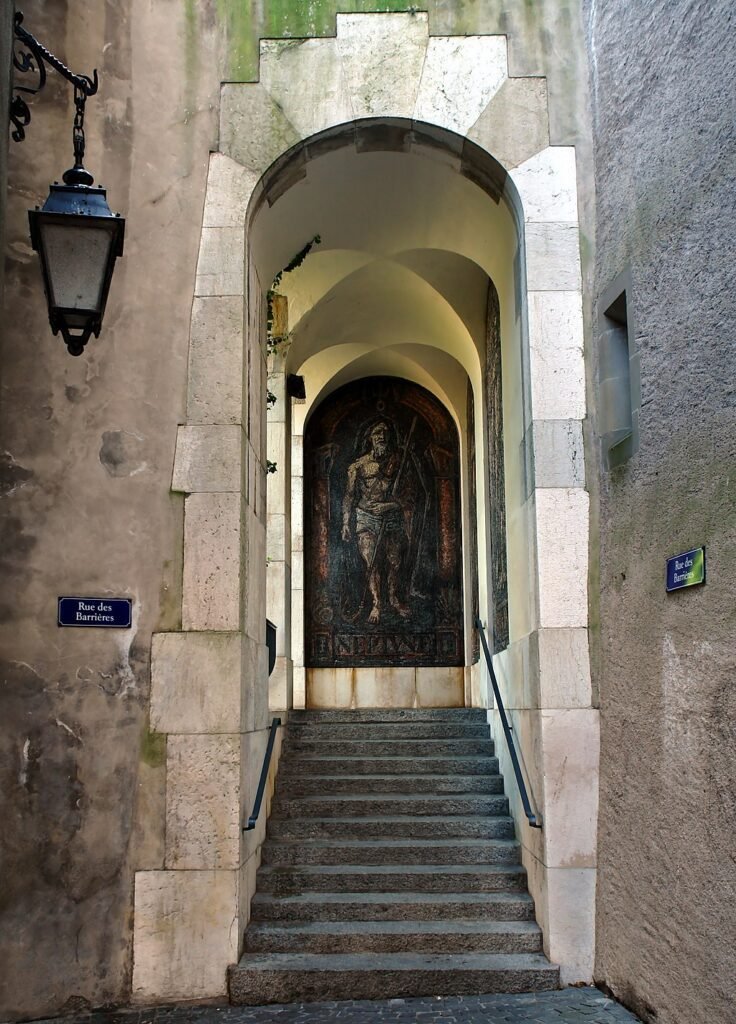
Spend a few hours exploring Switzerland’s largest historic district to satiate your curiosity. The cathedral-topped hill on which the Vielle Ville is perched is surrounded by defensive walls. It is exhausting but worthwhile to navigate these narrow, cobblestone streets and stairways: The old centre is jam-packed with interesting nooks and crannies, fountains, terraces with lookouts, and locations with significant historical significance. The polymath of the 18th century, Jean-Jacques Rousseau, was born here, and Bourg-de-Four features a collection of charming old houses on a welcoming square where cattle markets once traded.


